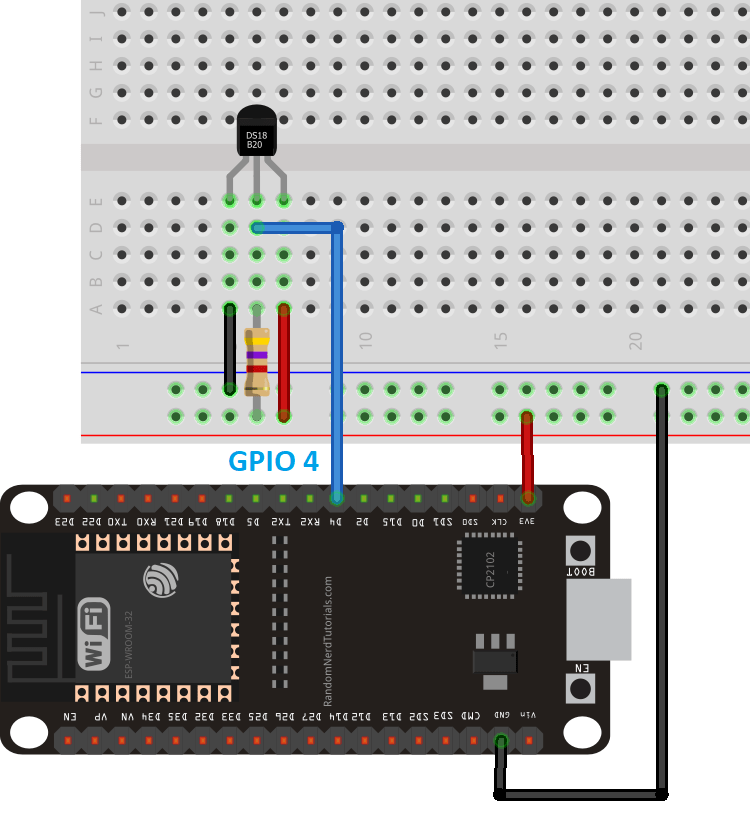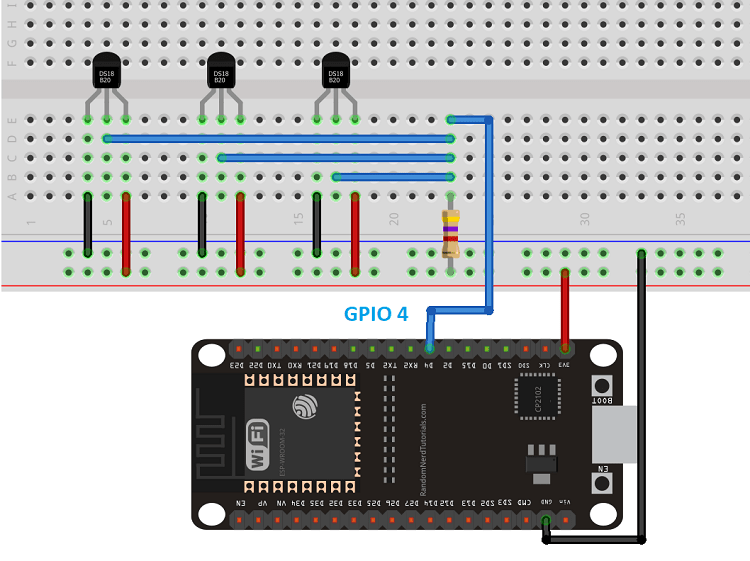最近想做一个发热垫,可以用手机控制。
一开始思考过用wifi接入米家进行控制,这样还能使用语音助手。但后来仔细思索一番,发现使用场景不对。如果使用wifi连接,那意味着只能在室内使用了。
所以,最后还是决定直接使用蓝牙连接。
硬件选型
虽然选择了蓝牙连接,但为了以后扩展wifi方便,所以硬件选用了esp32,同时有wifi和蓝牙连接的功能,代码又兼容arduino,使用非常方便。
蓝牙连接方式
- 初步设想是把硬件的mac地址生成二维码,手机软件扫描二维码获取mac地址,进行连接及发送温度设置等指令。
- 后来发现,貌似可以直接用设备名进行蓝牙连接,如此一来便可以把所有的硬件设备都设置为相同的设备名,又可以省去二维码,着实不错。
- 最后是在查资料时看到一种蓝牙广播的方式,不过尚未来及做实验,日后有机会倒可以试试。
温控方式
使用温敏电阻即可读取温度。
- 最简单的温控可以是直接用继电器开关进行控制。设置温度的上下区间,加热到上区间停止,低于下区间则重启加热。
- 高阶一点的是用pwm的方式调整发热电阻的功率,离目标温度越接近则功率越小,如此即可实现平滑温度曲线。甚至于再不行,还可上pid闭环控制算法,叠加上之前的误差,实时调整。



手机软件
由于我不会做安卓软件,现在只是使用一款“蓝牙串口”的app直接发送指令,控制硬件。
以后还是要学一下安卓,做一套架子出来。
esp32程序
1
2
3
4
5
6
7
8
9
10
11
12
13
14
15
16
17
18
19
20
21
22
23
24
25
26
27
28
29
30
31
32
33
34
35
36
37
38
39
40
41
42
43
44
45
46
47
48
49
50
51
52
53
54
55
56
57
58
59
60
61
62
63
64
65
66
67
68
69
70
71
72
73
74
75
76
77
78
79
80
81
82
83
84
85
86
87
88
89
90
91
92
93
94
95
96
97
98
99
100
101
102
103
104
105
106
107
108
109
110
111
112
113
114
115
116
| //This example code is in the Public Domain (or CC0 licensed, at your option.)
//By Evandro Copercini - 2018
//
//This example creates a bridge between Serial and Classical Bluetooth (SPP)
//and also demonstrate that SerialBT have the same functionalities of a normal Serial
#include "BluetoothSerial.h"
#include <OneWire.h>
#include <DallasTemperature.h>
#if !defined(CONFIG_BT_ENABLED) || !defined(CONFIG_BLUEDROID_ENABLED)
#error Bluetooth is not enabled! Please run `make menuconfig` to and enable it
#endif
// 数据输出脚接开发板数字引脚
#define ONE_WIRE_BUS 17
#define PWM_PIN 16
BluetoothSerial SerialBT;
OneWire oneWire(ONE_WIRE_BUS);
DallasTemperature sensors(&oneWire);
char START_FLAG = '$';
char END_FLAG = '#';
int TEMPERATURE_MIN = 0;
int TEMPERATURE_MAX = 50;
int target_temperature = 0; // 1精度,*10存储
int current_temperature = 0; // 0.1精度,*10存储
// use first channel of 16 channels (started from zero)
#define LEDC_CHANNEL 0
// use 8 bit precission for LEDC timer
// 分辨率,即最大可写值为2^k-1,当为8时就是255
#define LEDC_TIMER_BIT 8
// use 5000 Hz as a LEDC base frequency
#define LEDC_BASE_FREQ 5000
void setup() {
Serial.begin(115200);
SerialBT.begin("ESP32test"); //Bluetooth device name
sensors.begin();
// Setup timer and attach timer to a pin
ledcSetup(LEDC_CHANNEL, LEDC_BASE_FREQ, LEDC_TIMER_BIT);
ledcAttachPin(PWM_PIN, LEDC_CHANNEL);
Serial.println("The device started, now you can pair it with bluetooth!");
}
void SerialBT_sendMsg(String msg) {
int i = 0;
for (i = 0; i < msg.length(); i++) {
SerialBT.write(msg[i]);
}
}
int NONE = 0;
int START = 1;
int pre_status = NONE;
int num = 0;
void update_target_temperature() {
if (SerialBT.available()) {
char msg_char = SerialBT.read();
if (msg_char == START_FLAG) {
num = 0;
pre_status = START;
} else if (msg_char == END_FLAG && pre_status == START) {
if (num >= TEMPERATURE_MIN && num <= TEMPERATURE_MAX) {
target_temperature = num * 10;
String msg = String("set temperature to " + String(target_temperature / 10.0) + "\n");
SerialBT_sendMsg(msg);
}
num = 0;
pre_status = NONE;
} else if (isDigit(msg_char) && pre_status == START) {
num = num * 10 + (msg_char - '0');
} else {
num = 0;
pre_status = NONE;
}
}
}
void update_current_temperature() {
sensors.requestTemperatures(); // 发送命令获取温度
int tmp_temperature = int(sensors.getTempCByIndex(0) * 10);
if (tmp_temperature != current_temperature) {
current_temperature = tmp_temperature;
Serial.print("Temperature for the device 1 (index 0) is: ");
Serial.println(current_temperature / 10.0);
SerialBT_sendMsg(String("temperature is " + String(current_temperature / 10.0) + "\n"));
}
}
void set_heater_pwm() {
int tmp_current_temperature = min(current_temperature, target_temperature);
tmp_current_temperature = max(tmp_current_temperature, TEMPERATURE_MIN);
int pwm = 0;
if (target_temperature > tmp_current_temperature && target_temperature > TEMPERATURE_MIN) {
pwm = 1.0 * (target_temperature - tmp_current_temperature) / (target_temperature - TEMPERATURE_MIN) * 255;
}
ledcWrite(LEDC_CHANNEL, pwm); // LEDC_TIMER_BIT分辨率设置为8时,最大duty为2^8-1=255
Serial.print("pwm is: ");
Serial.println(pwm);
}
void loop() {
update_target_temperature();
update_current_temperature();
set_heater_pwm();
delay(20);
}
|



